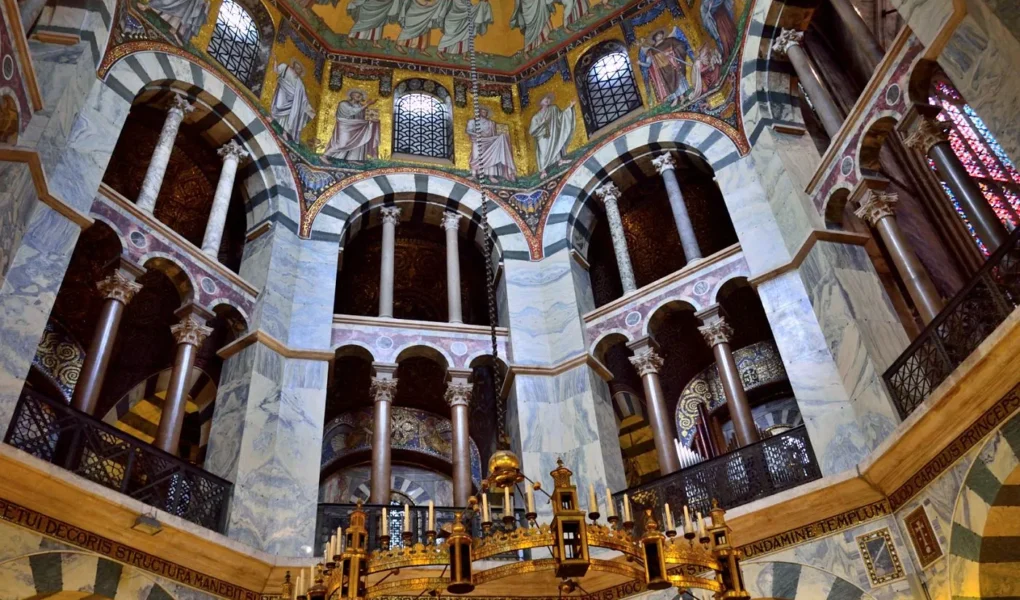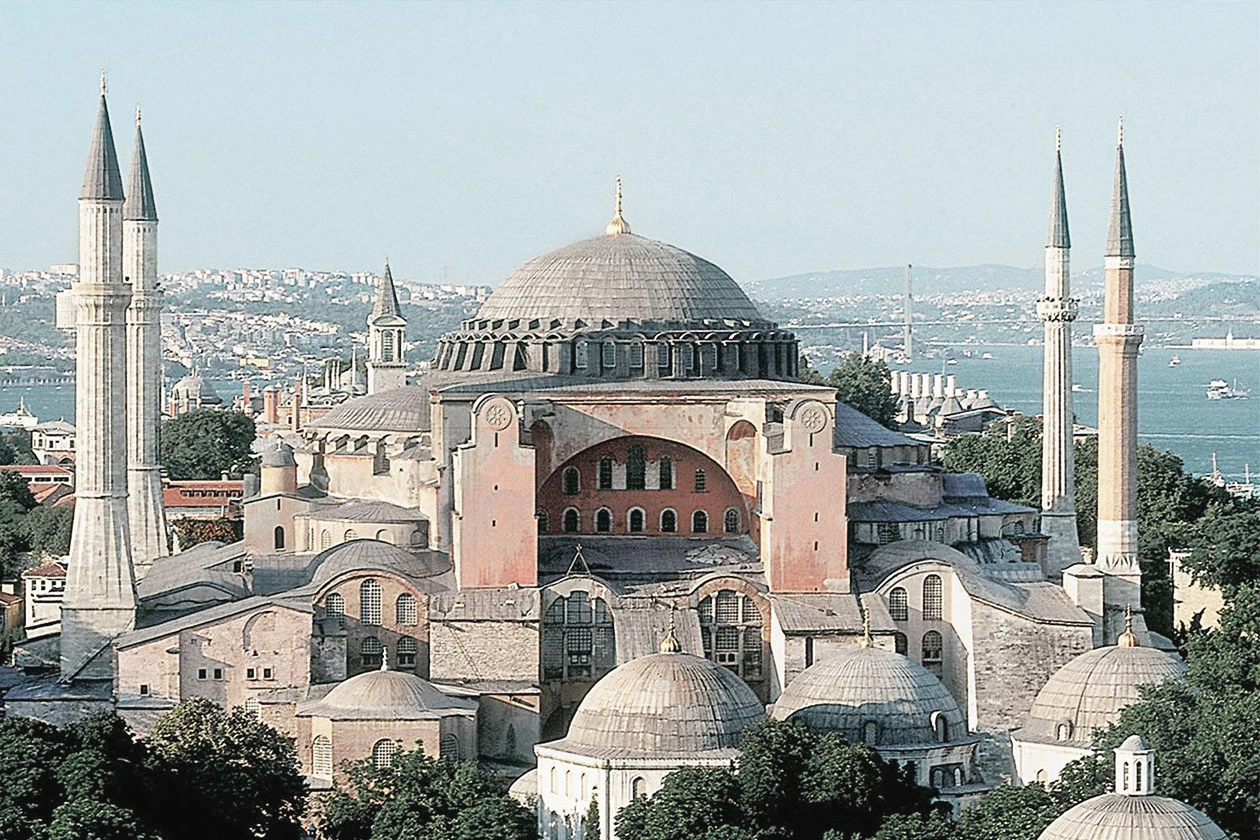Experience an era gone by where intricate designs and symbolic elements combine to create enduring works of art. Ottonian Architecture, with its roots in Early Christian and Byzantine influences, showcases a unique blend of artistic expression and religious symbolism. In this, we will search the fascinating world of Arcade Elements in Ottonian Architecture, exploring their significance and impact on some of the most iconic buildings of this period.
Early Christian and Byzantine influences on architecture
These ancient forms laid the foundation for what would later evolve into the distinctive characteristics of Ottonian buildings. Early Christian architecture emphasized grandeur and symbolism, often incorporating domes and basilicas as central features. On the other hand, Byzantine architecture focused on intricate mosaic designs and elaborate decorative elements that added a sense of luxury to their buildings. The fusion of these two influences in Ottonian architecture resulted in a unique blend of solidity, simplicity, and elegance. This amalgamation uses arcades, vaulted ceilings, and geometric patterns that characterize many Ottonian structures. The legacy of early Christian and Byzantine architects is evident in the timeless beauty and spiritual significance of Ottonian buildings. Each column, archway, or fresco tells a story steeped in history and tradition—a testament to the enduring impact of these ancient architectural styles on European design aesthetics.
Incorporation of Arcade Elements in Ottonian Architecture
These arcades, characterized by a series of arches supported by columns or piers, add depth and rhythm to the architectural design. In Ottonian buildings, arcades were not merely decorative but also served functional purposes. They provided structural support while creating visually striking interior spaces. The repetition of arches in arcades created a sense of harmony and order within the overall design scheme. The use of arcade elements in Ottonian architecture reflects a blend of influences from Early Christian and Byzantine styles. This fusion resulted in unique structures that showcased intricate detailing and symbolic meaning. From churches to palaces, notable examples like St. Michael’s Church in Hildesheim exemplify the masterful integration of arcade elements in Ottonian architecture. These buildings stand as testaments to the skill and creativity of the architects who crafted them with precision and artistry.
Symbolism and Meaning Behind Arcade Elements
It is fascinating to uncover the symbolism and meaning behind arcade elements. These arches serve as structural components and carry profound significance in their design. Arcades symbolize unity and harmony, with each arch representing a connection between different parts of a building or realms of existence. The repetition of arches creates a rhythm that guides the eye and soul through the space. Arcades signify transitions – from darkness to light, earthly concerns to spiritual contemplation. They invite us to pass through them, metaphorically crossing thresholds into new experiences or states of being. The intricate detailing on arcade columns and capitals can hold hidden meanings or tell stories from religious texts or historical events. Every curve and carving may whisper tales of faith, power, or tradition. In essence, arcade elements in Ottonian architecture are not merely decorative features but carriers of deep symbolism that enrich our understanding of these magnificent structures.
Examples of Notable Ottonian Buildings with Arcade Elements
Let’s virtual stroll through some remarkable Ottonian buildings showcasing intricate arcade elements. One such gem is the Abbey Church of St. Michael in Hildesheim, Germany, known for its stunning arcaded gallery with sculpted columns. Moving on to the Essen Cathedral in Germany, you’ll be captivated by its elegant use of arcades in the crypt, creating a sense of grandeur and spiritual depth. The Quedlinburg Abbey in Saxony-Anhalt also boasts impressive arcade designs that reflect the era’s artistic sophistication. Venture to Trier, where the St. Matthias’ Abbey features striking arcades that blend harmoniously with Romanesque influences. And remember the Imperial Palace Chapel in Aachen, a true masterpiece showcasing intricate arcade details fit for royalty. These examples offer a glimpse into the rich architectural legacy of Ottonian buildings adorned with exquisite arcade elements that inspire awe and admiration today.
A History of Arcade Elements in Later Architectural Styles
Arcade elements remained prominent in various styles as architecture evolved through the centuries. During the Romanesque period, arcades became more elaborate and intricate, contributing to the grandeur of cathedrals and churches. In Gothic, pointed arches replaced rounded ones, creating soaring arcades towards the heavens. These structures emphasized light and height, showcasing a new level of architectural innovation. With the Renaissance came a revival of classical forms, leading to arcades being incorporated into palaces and public buildings with a renewed sense of proportion and symmetry. Even in modern architecture, echoes of arcade elements can still be seen in contemporary designs that pay homage to historical styles while incorporating innovative materials and technology. The enduring legacy of arcade elements in Ottonian architecture is a testament to their timeless appeal and ability to transcend eras, inspiring architects and admirers alike for future generations.





